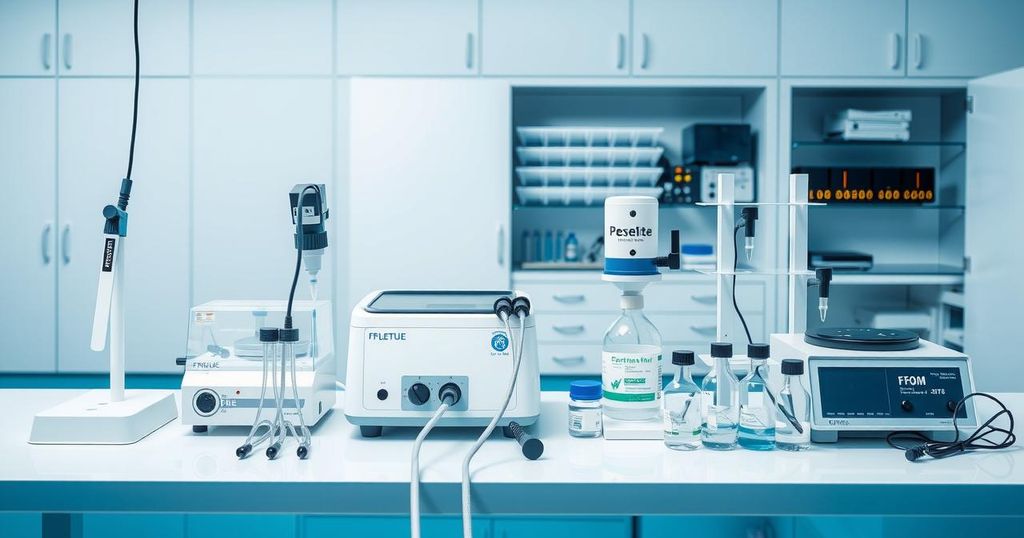Botswana Diamonds Reports Significant AI Findings in Diamond Exploration
Botswana Diamonds (BOD) has announced the successful application of AI technology to identify new kimberlite anomalies with potential diamond deposits, significantly reducing exploration time and costs. The company has applied for several licenses to explore these findings, while also addressing the challenges posed by lab-grown diamonds in the market. Despite these challenges, BOD remains optimistic about the recovery of the natural diamond market.
Botswana Diamonds (BOD) recently announced significant findings from an artificial intelligence (AI) investigation of its geological database. The AI analysis identified previously unreported kimberlite anomalies, which are essential as they may contain diamonds. Traditionally, prospecting for such anomalies has been a time-consuming and costly endeavor, often resulting in unsuccessful outcomes. The company has effectively leveraged advanced AI technology, enhancing the speed and cost-effectiveness of diamond exploration.
Among the seven anomalies discovered, one is located on existing company-held ground, while three others are situated on open land for which they have successfully applied for licenses. Notably, one anomaly possesses characteristics necessary for a kimberlite discovery and is located in Jwaneng, renowned for hosting the world’s richest diamond mine with substantial high-value diamond production. Following the granting of licenses, BOD plans to conduct ground surveys to identify potential drill sites.
In addition to diamond targets, the AI analysis revealed polymetallic deposits containing copper, cobalt, silver, zinc, and gold. Botswana Diamonds has submitted applications for eleven prospecting licenses across more than 7,000 square kilometers, expanding its exploration potential. Furthermore, the company has recently acquired a long-awaited mining permit for its Thorny River deposit in South Africa, situated near the Klipspringer and Marsfontein mines.
Mr. John Teeling, Chairman of Botswana Diamonds, highlighted the challenges currently faced by the diamond sector, including a recent downturn in retail sales and the rise of lab-grown diamonds, which might bifurcate the market into two distinct segments: the economically accessible lab-grown offerings and the premium natural diamonds. As Mr. Teeling elaborated, “Comparing a 5-carat natural with a 5-carat lab-grown is like comparing a Ferrari to a Ford Mondeo.” This metaphor emphasizes the distinctive allure and desirability associated with natural diamonds amid a growing consumer interest in lifestyle aspirations.
Looking forward, Mr. Teeling expressed optimism for the diamond market’s recovery, citing a projected shortage of natural diamonds that positions Botswana Diamonds favorably. He stated, “This is a very active and exciting time for BOD. The AI analysis has been a great success,” reiterating the company’s commitment to advancing both diamond and polymetallic projects, amidst the pressing need for critical minerals in today’s economy.
Botswana Diamonds has successfully utilized AI technology to uncover previously unreported kimberlite anomalies, potentially rich in diamonds. With applications for licensing in progress and a newly acquired mining permit, the company is well-positioned for growth. Additionally, the company acknowledges the increasing competition from lab-grown diamonds while maintaining a bullish outlook regarding the natural diamond market’s future, all while recognizing the demand for critical minerals.
Original Source: www.irishtimes.com




Post Comment